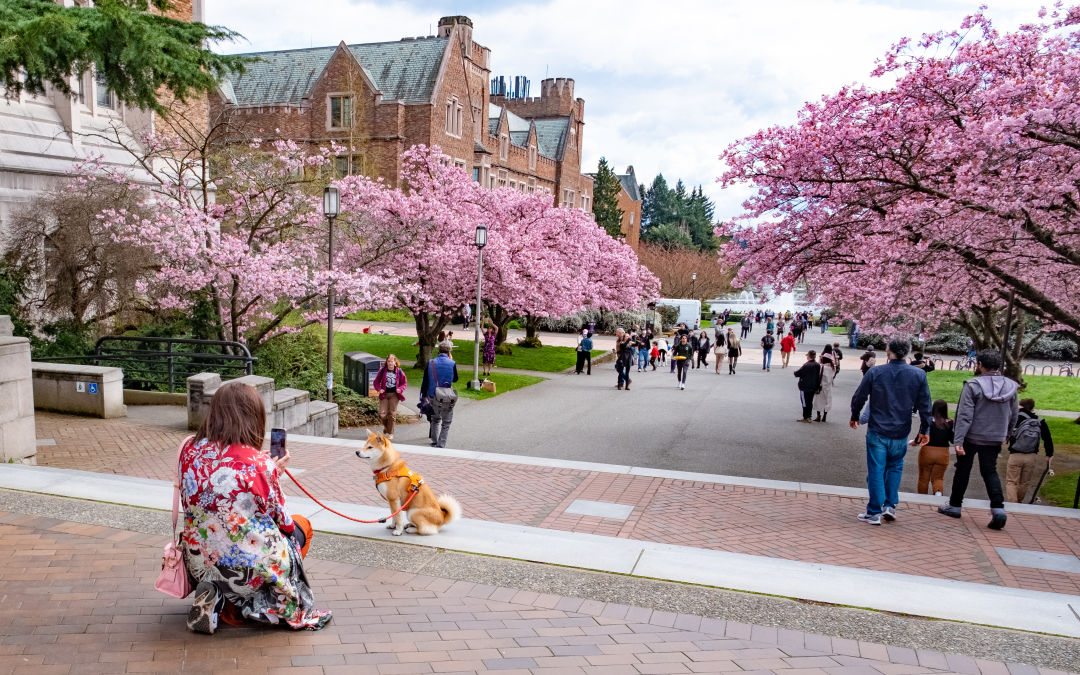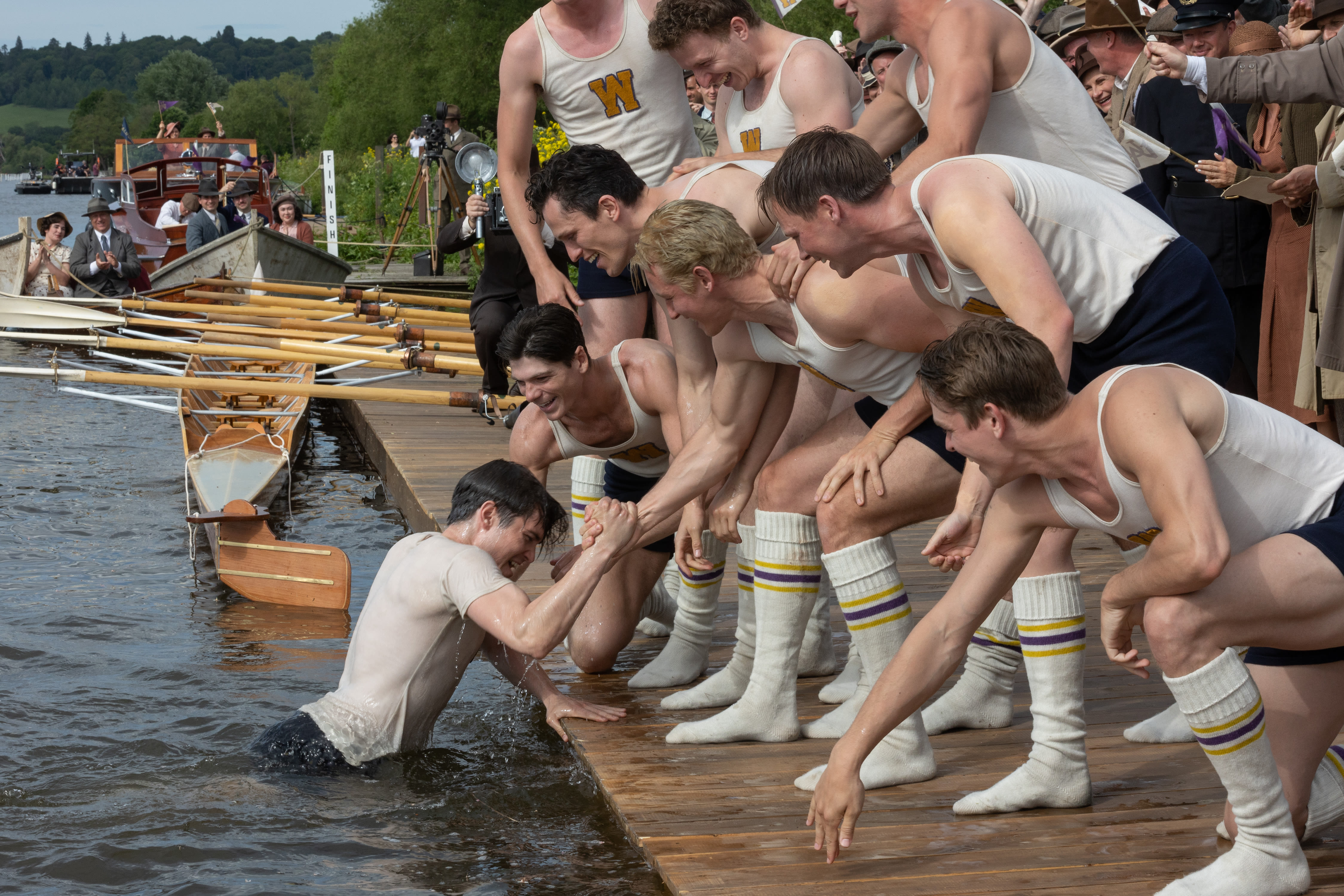A Viewing Guide for the UW Cherry Blossoms
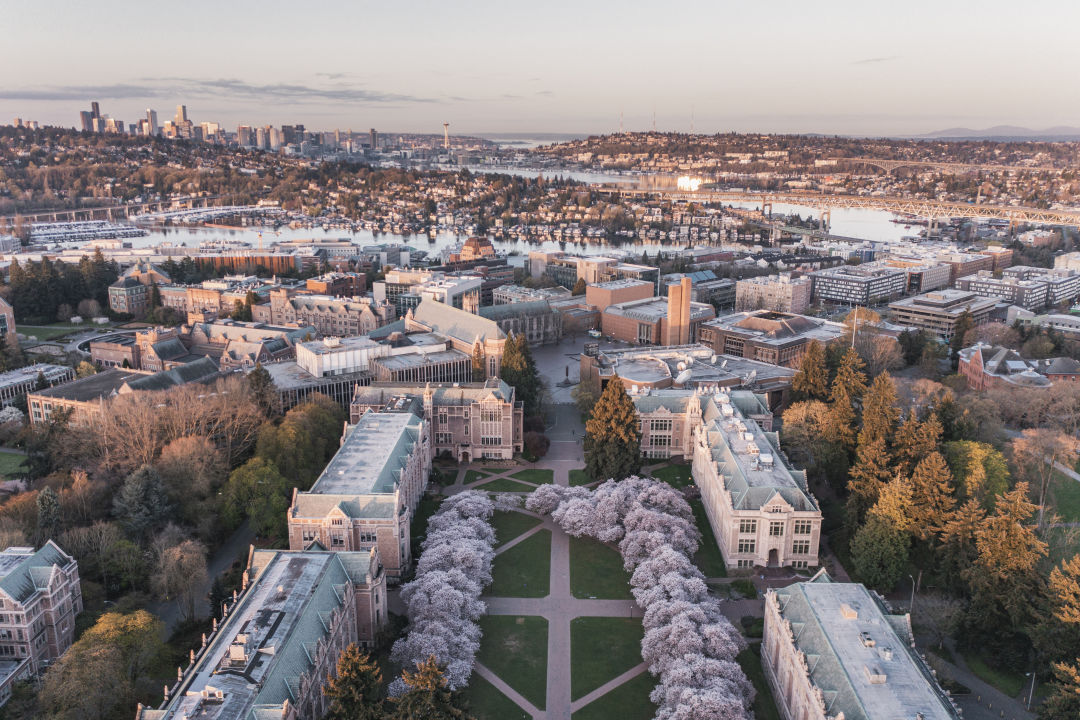
Image: Wirestock/istock
the early-march snow—yes, it happens here—makes us all the more eager for spring. While Skagit Valley prepares to welcome tons of tulip tiptoers next month, and area botanical gardens shake off the frost, the University of Washington is readying its redbrick footpaths right blooming now. It's almost cherry blossom time.
What is it?
Less a festival and more an annual happening that everyone just seems to know about, the blooming of UW's 29 cherry blossom trees in and around the quad always draws a crowd. It's not just the area near Red Square, either. Clones of those cherry blossom trees are scattered around the campus, says UW arborist Sara Shores, while more Yoshinos cluster around Drumheller Fountain. Three other varieties—Kwanzan, Shirofugen, and Hisakura—line the gently sloped path between the fountain and the quad. A handy map marks them all.
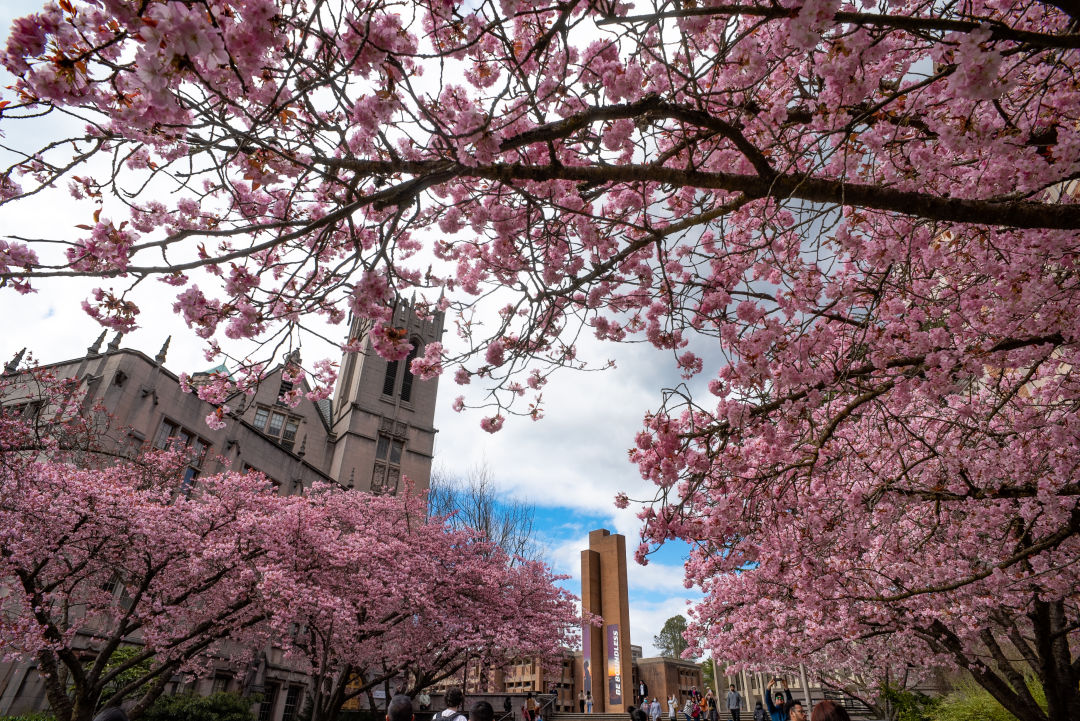
When will they bloom this year?
Cherry blossoms are frighteningly fickle and fleeting, only lasting for a couple of weeks. The blooms are already underway, says Shores. She anticipates they'll reach full bloom (when 70 percent of the flowers are out) on March 20. The biggest factor impacting the timing of the bloom is weather. The final two weekends of March should make for great viewing.
"We had those couple days in the 60s, and you could see the green part which is the first stage of the bloom," says Shores. "Then they just stopped when it got really cold again. If it had stayed really warm then we would see some blooms."
UW has a dedicated Twitter and Instagram account for frequent updates, or you can just take a peek on the campus webcam.
Why cherry blossoms?
Originally planted at Washington Park Arboretum in 1939—conflicting reports say they were either a gift from the mayor of Tokyo in 1912 or purchased for $1.25 a pop—the Yoshino cherry trees were relocated to the quad in 1964 to make room for the construction of 520. Twenty-seven of the quad's trees are originals from the Arboretum. Then in 2014, the Japan Commerce Association of Washington, DC, gifted the university an additional 18 cherry trees, planted at Rainier Vista.
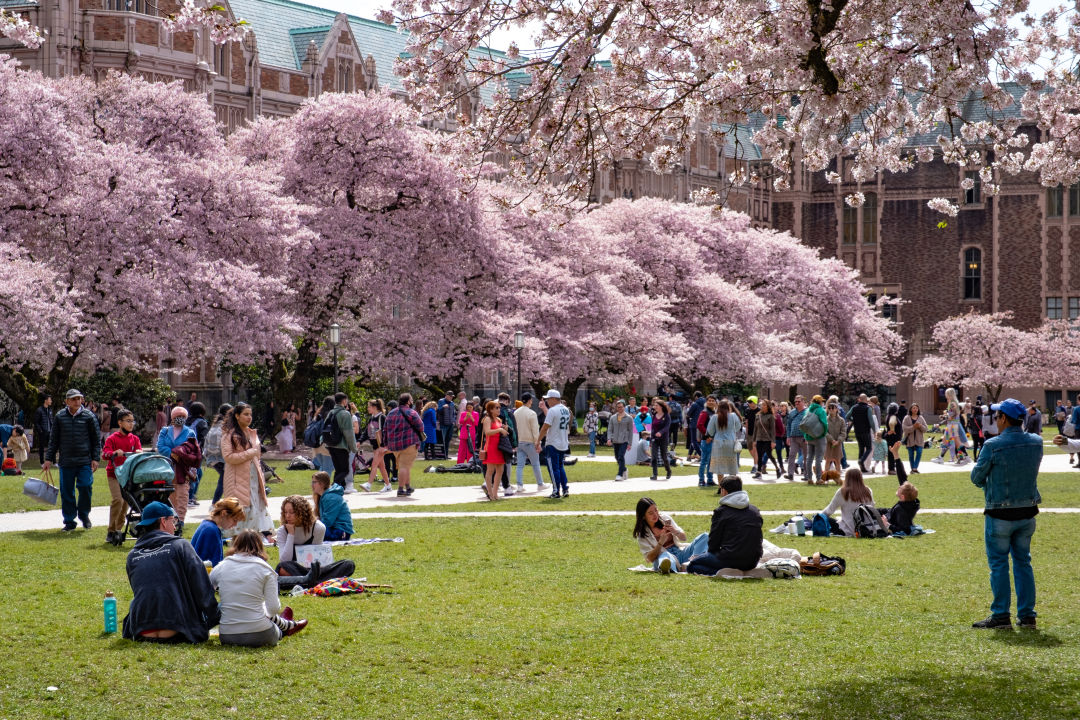
What can a Sakura enthusiast do?
The most basic activity is hanami, literally "flower viewing." Most people stroll the quad and Rainier Vista for photo ops. Some people make it into a literal picnic, but don't expect any semblance of privacy or personal space. It gets crowded, especially on weekends. Sometimes you can find a food truck or two parked at Red Square, the brick-festooned plaza at the quad's north entrance.
If you prefer more organized activities, several concurrent events tag onto peak cherry blossom time. The annual Seattle Cherry Blossom Run (March 23, 24, and 30 this year) has a 5K run/walk, a 5K sip and stroll, and a half-marathon option, all winding through the university campus. And the U District Cherry Blossom Festival (March 16–April 1) brings Sakura-themed specials to nearby restaurants, cafes, and shops, many of them on the Ave. Elsewhere, year-round, the University District has worldly food options aplenty.
Just a note, the somewhat confusingly named Seattle Cherry Blossom and Japanese Cultural Festival (April 12–14 this year) is completely separate and held at Seattle Center.
What can you not do?
Remember how 27 of those 29 trees in the quad were originals from the Arboretum? That means they're old—over 90 years old. So you best not climb, pull, or shake those branches any which way. "Even a light person with sneakers on can damage the bark," Shores says. Bark damage can lead to insects, fungus, or disease, and endanger the health of the trees.
Shaking the branches to make it rain petals might make for a pretty photo but hastens the blossoms' demise. "We want to keep those blooms on as long as possible so everybody can enjoy them," Shores says.
What's the crowd and parking situation?
